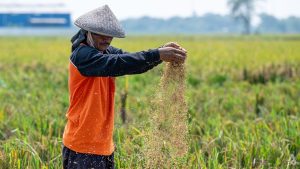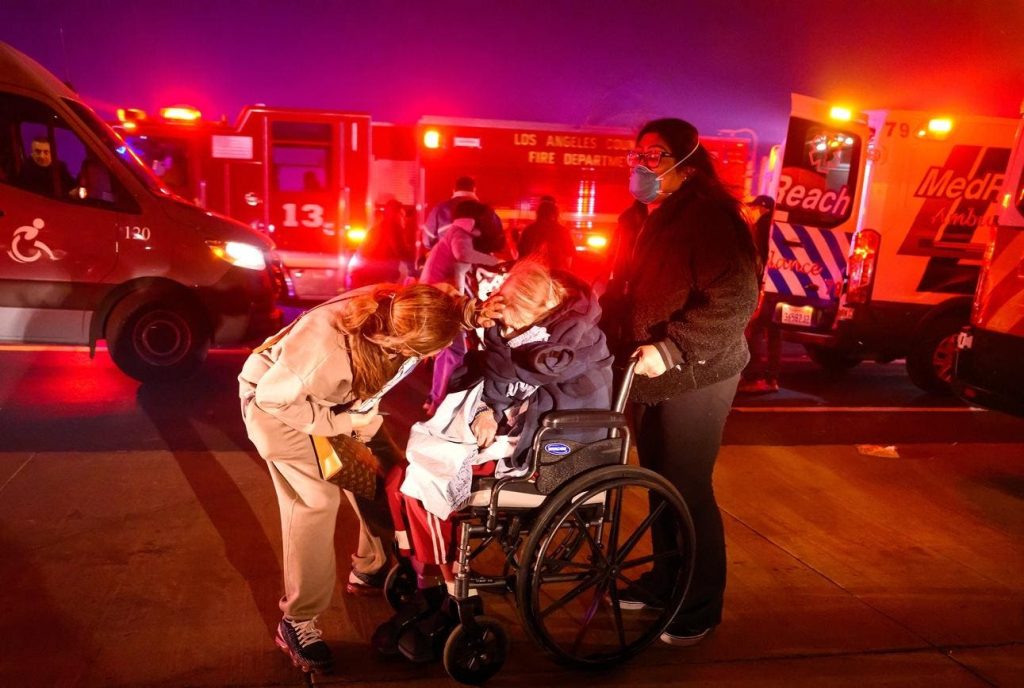The escalating frequency and intensity of natural disasters, as recently witnessed in the devastating Los Angeles wildfires, underscore the critical need for proactive disaster preparedness, particularly for vulnerable populations like older adults. These events tragically highlight the disproportionate impact on seniors, especially those with mobility challenges or limited access to transportation, who may struggle to evacuate quickly and safely. Recognizing the unique needs of aging loved ones and implementing a comprehensive preparedness plan is not just responsible caregiving; it’s a vital safety measure that can save lives.
A foundational step in disaster preparedness for older adults involves a thorough assessment of their individual needs and vulnerabilities. This assessment should encompass a comprehensive review of their health conditions, including medication dependence, use of medical equipment like oxygen tanks, and any existing mobility limitations. Understanding whether they can ambulate independently, require assistance, and the availability of such assistance on short notice is crucial. Equally important is evaluating their cognitive health, as individuals with even mild cognitive impairment may struggle to comprehend and respond to emergency instructions during high-stress situations. This assessment forms the basis for a tailored preparedness plan.
Building a personalized emergency kit, often referred to as a “go bag,” is a practical and essential step. This readily accessible bag should contain a 7-day supply of essential medications, along with a comprehensive list of prescriptions and ideally, an extra refill provided by their physician. Copies of vital personal documents, such as identification cards, social security cards, insurance information, and emergency contact lists, should be included, both digitally in the cloud and as physical copies. Basic survival supplies, like water, non-perishable food, a flashlight, batteries, and a first-aid kit, are crucial for potential periods of displacement or sheltering. The go bag should also include essential personal items like eyeglasses, hearing aids, mobility devices, toiletries, hygiene products, and incontinence supplies if needed, ensuring a degree of comfort and self-sufficiency during an emergency.
Effective communication can be severely hampered during disasters due to overloaded phone lines and internet outages. Proactive communication planning is, therefore, paramount. This plan should involve compiling a comprehensive list of emergency contacts, including family, friends, neighbors, and local emergency services, readily accessible in the go bag and memorized if possible. Designating pre-determined meeting points for family members in case of separation is essential, and understanding the evacuation procedures and designated shelters in their area is crucial. For seniors residing in retirement communities, assisted living facilities, or nursing homes, familiarization with the facility’s evacuation plans and designated relocation sites is vital for family members to ensure swift reunification.
Community engagement plays a significant role in bolstering the safety net for older adults during emergencies. Establishing connections with neighbors who can provide assistance during an evacuation can be invaluable, especially for seniors living alone or with limited mobility. Introducing yourself to neighbors, exchanging contact information, and openly discussing potential support needs can create a vital network of local support. This neighborly assistance can be especially critical for seniors lacking personal transportation or the ability to evacuate independently, ensuring they are not left behind during a crisis.
Regularly reviewing and practicing the disaster preparedness plan is essential to ensure its effectiveness. This includes not only assembling the go bag but also discussing the plan with the senior, walking through potential scenarios, and ensuring they understand the procedures and their role in the event of an emergency. This proactive approach empowers them to respond effectively under pressure, minimizing confusion and maximizing their chances of safe evacuation. It also provides peace of mind for family members, knowing their loved ones are as prepared as possible.
In conclusion, disaster preparedness for older adults is not a one-time task but an ongoing process that requires vigilance, adaptation, and open communication. By understanding their unique needs, creating a tailored plan, fostering community connections, and regularly reviewing and practicing the plan, we can significantly enhance the safety and well-being of our aging loved ones during emergencies. These proactive steps are not just about survival; they are about ensuring dignity, comfort, and the best possible outcome in the face of unpredictable events. The responsibility to prepare rests on us, and taking action today can make a life-saving difference tomorrow.










